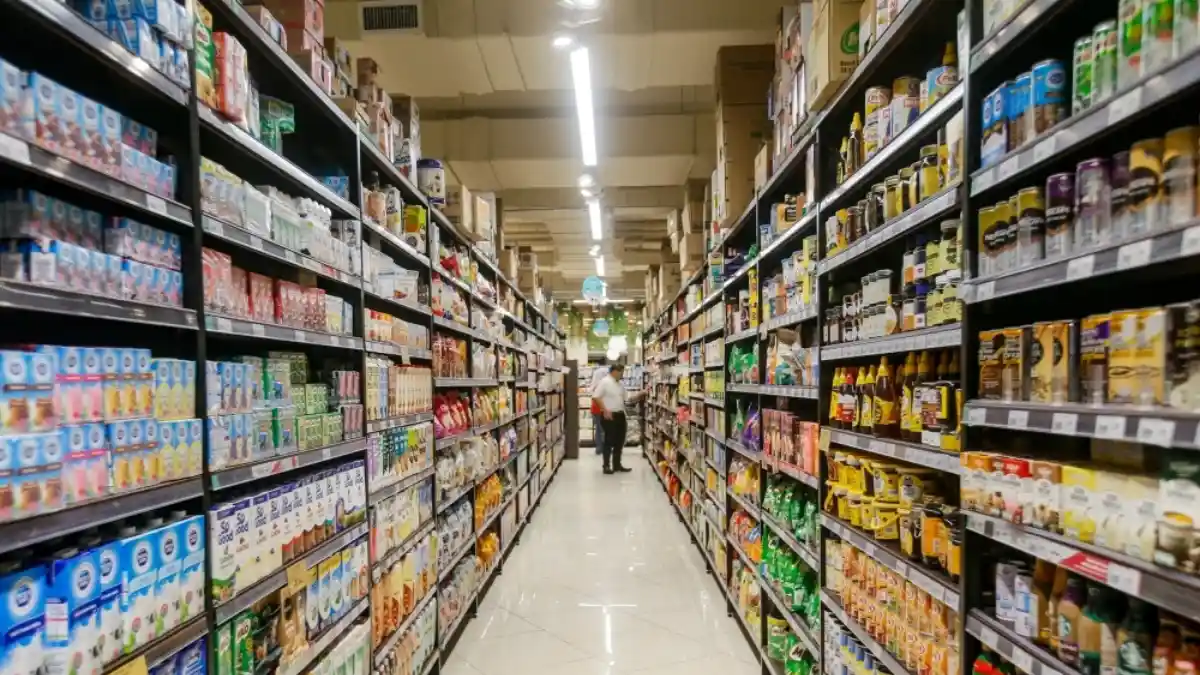Malaysia is gearing up for a gradual uptick in inflationary pressures through 2025, with economists forecasting headline inflation to hover between 2% and 2.1% for the year. Driven by a combination of government policy reforms, including the expansion of the sales and service tax (SST) and the anticipated rationalization of fuel subsidies, consumer prices are expected to spike in the second half of the year. While current trends show inflation at its lowest since early 2021, analysts warn of potential risks from global commodity prices and domestic adjustments that could impact households and businesses alike.
Inflation Forecast and Policy Triggers
CGS International Research (CGSI Research), a prominent economic analysis firm, has maintained its 2025 Consumer Price Index (CPI) forecast at 2% year-on-year. The firm predicts that inflationary pressures will build toward the latter half of the year, particularly following the SST expansion set for July 2025. “We expect a short-term spike in prices where the CPI headline could rise 0.5% month-on-month in July before peaking in September” said a CGSI Research spokesperson. The expansion is estimated to add between 10 and 20 basis points to the country’s annual CPI growth next year.
The SST reform, which will broaden the tax base to include more services, is part of Malaysia’s broader fiscal consolidation strategy. While the direct impact on consumer prices may be modest, businesses could face higher input costs, some of which are likely to be passed on to consumers over time. This policy shift comes as the government seeks to balance revenue generation with economic stability, a delicate task in a post-pandemic recovery landscape.
Additionally, the planned rationalization of subsidies for RON95 fuel, expected in the second half of 2025, could further nudge inflation upward. CGSI Research estimates that adjustments to fuel pricing mechanisms might contribute an additional 20 basis points to annual CPI growth. However, the exact impact remains uncertain, as it will depend on how the government structures these changes to minimize the burden on lower-income households.
Current Trends and Temporary Relief
For now, Malaysia’s inflation remains subdued. In May 2025, the CPI rose by just 0.1% month-on-month and 1.2% year-on-year, marking the lowest level since February 2021 and falling below consensus expectations. Core CPI, which excludes volatile items like food and fuel, saw a slightly higher year-on-year increase of 1.8%, up from 2% in April. The softer headline figures were driven by lower costs across most categories, with the notable exceptions of transport, health, and accommodation services.
Analysts attribute this temporary disinflation to stable global commodity prices, including coal and gas, which have limited the need for significant adjustments to electricity tariffs. “We believe changes to the current electricity tariffs will likely be limited, as market prices for coal and gas have remained steady” noted CGSI Research. Moreover, weaker prices for commodities like crude oil and palm oil in the coming months could provide a buffer against domestic price pressures, offering some relief to consumers.
Hong Leong Investment Bank Research (HLIB Research) has taken a more cautious stance, revising its 2025 CPI forecast downward from 2.7% to 2%. The adjustment reflects a combination of factors, including the limited direct impact of the SST expansion—estimated at 0.1 to 0.2 percentage points—and minimal disruption from electricity tariff restructuring. With 23 million users expected to benefit from reduced bills in July 2025, the overall effect on household budgets may be less severe than initially feared. Additionally, a stronger Malaysian ringgit and lower global commodity prices have reduced the scale of adjustments needed for RON95 subsidy rationalization.
Upside Risks and Global Influences
Despite the relatively optimistic near-term outlook, several risks loom on the horizon. TA Research, which maintains its full-year inflation forecast at 2.1% for 2025, has highlighted potential challenges emerging in the second half of the year. The rationalization of RON95 fuel subsidies could trigger a one-off increase in pump prices, raising transport-related costs for both consumers and businesses. While the direct impact of the SST expansion on CPI may be modest, indirect effects through higher business costs could still materialize over time.
Global factors add another layer of uncertainty. Brent crude oil prices, a key driver of imported fuel and logistics costs, have shown volatility in recent weeks, rising from US$66 to nearly US$79 per barrel in mid-June 2025 amid escalating geopolitical tensions in the Middle East. If these prices remain elevated, Malaysia could face renewed inflationary pressures through imported goods and services. “While the current disinflation trend is intact, these developments warrant close monitoring, particularly as fiscal consolidation measures gain momentum” warned TA Research.
Geopolitical tensions are not the only external variable at play. Fluctuations in global demand for commodities, currency exchange rates, and supply chain disruptions could all influence domestic price trends. For Malaysia, a trade-dependent economy, these factors underscore the importance of agile policy responses to mitigate potential shocks.
Impact on Consumers and Businesses
The convergence of these policy changes and external risks raises questions about their cumulative impact on Malaysian households and businesses. For consumers, particularly those in lower-income brackets, even modest increases in fuel and service costs could strain budgets already stretched by post-pandemic recovery challenges. The government’s targeted approach to subsidy rationalization aims to shield vulnerable groups, but the effectiveness of these measures remains to be seen.
Businesses, meanwhile, face the dual challenge of absorbing higher input costs from SST expansion and navigating potential demand fluctuations as consumer purchasing power adjusts. Small and medium enterprises (SMEs), which form the backbone of Malaysia’s economy, may be particularly vulnerable if cost pass-through to consumers is limited by competitive pressures. Industry stakeholders have called for clear communication from policymakers on the timeline and scope of reforms to aid planning and minimize disruption.
On a broader scale, the inflationary outlook could influence monetary policy decisions by Bank Negara Malaysia (BNM). While the central bank has maintained a cautious stance in recent months, a sustained uptick in CPI growth might prompt a reevaluation of interest rates to curb overheating. However, any tightening would need to balance inflation control with the risk of stifling economic growth, a tightrope walk for policymakers.
Regional Context and Comparative Analysis
Malaysia’s inflationary trajectory is not occurring in isolation. Across Southeast Asia, countries are grappling with similar challenges as they implement fiscal reforms and respond to global economic headwinds. In neighboring Thailand, for instance, inflation has also remained subdued in early 2025, but planned adjustments to value-added tax (VAT) and energy subsidies could drive prices higher later in the year. Indonesia, another key regional player, faces pressure from volatile food prices, exacerbated by climate-related supply disruptions.
Compared to its peers, Malaysia benefits from a relatively diversified economy and robust foreign exchange reserves, which provide a buffer against external shocks. However, its reliance on exports—particularly in electronics and palm oil—means that global demand fluctuations could still reverberate domestically. The Malaysian ringgit’s recent strength offers some protection against imported inflation, but sustained geopolitical or economic instability could erode these gains.
Analysts also point to the role of regional cooperation in managing inflationary pressures. Initiatives under the Association of Southeast Asian Nations (ASEAN) framework, such as coordinated trade policies and supply chain resilience programs, could help mitigate some of the risks associated with global commodity price volatility. For Malaysia, active participation in such efforts could provide an additional layer of economic stability.
Looking Ahead: Balancing Growth and Stability
As Malaysia navigates the complexities of 2025, the interplay between domestic reforms and global uncertainties will shape its economic landscape. While current inflation levels offer a reprieve, the anticipated policy shifts—ranging from SST expansion to fuel subsidy rationalization—suggest that price pressures are likely to intensify in the coming months. For now, stable commodity prices and a stronger ringgit provide a cushion, but upside risks from geopolitical tensions and external shocks cannot be discounted.
For Malaysian households and businesses, the unfolding reforms will test resilience and adaptability. The government’s ability to target support to vulnerable groups while maintaining fiscal discipline will be critical in ensuring equitable outcomes. As these policies take shape, the question remains: can Malaysia strike the right balance between economic growth and price stability in an increasingly uncertain world?















